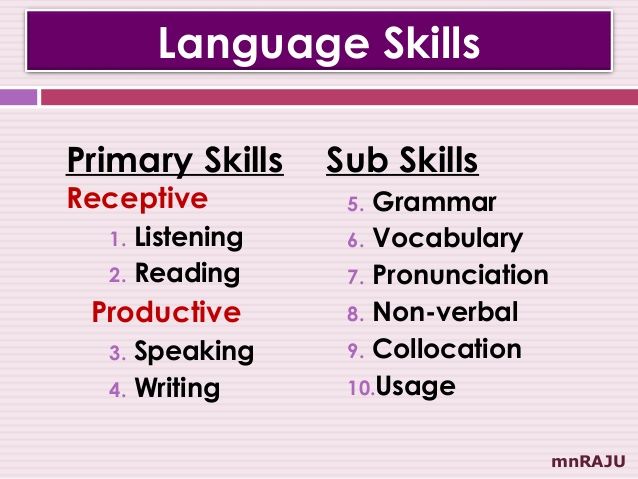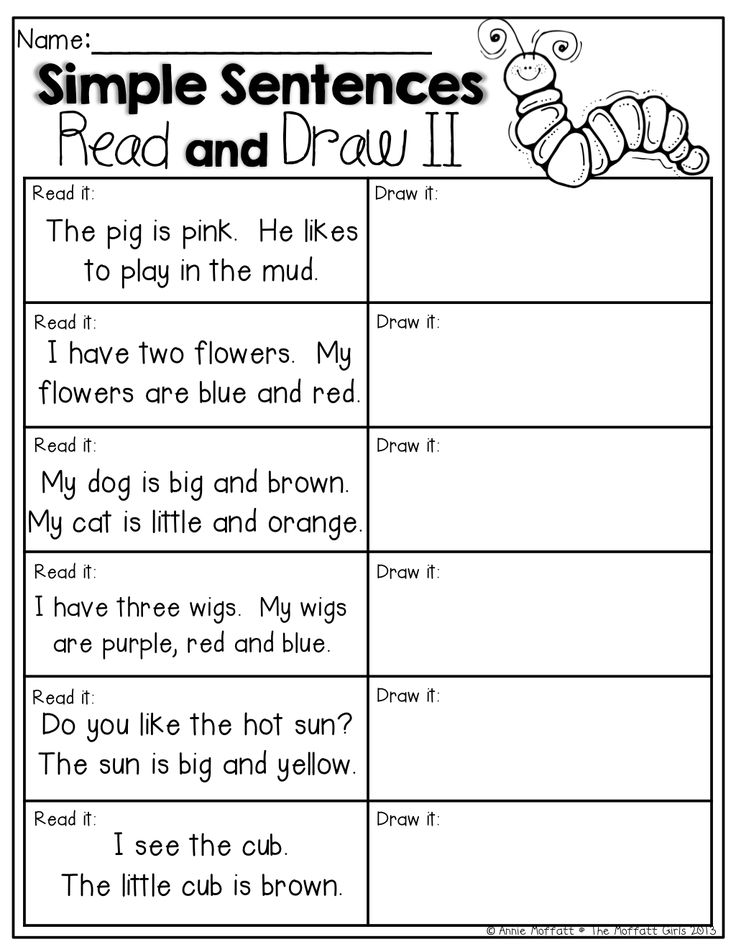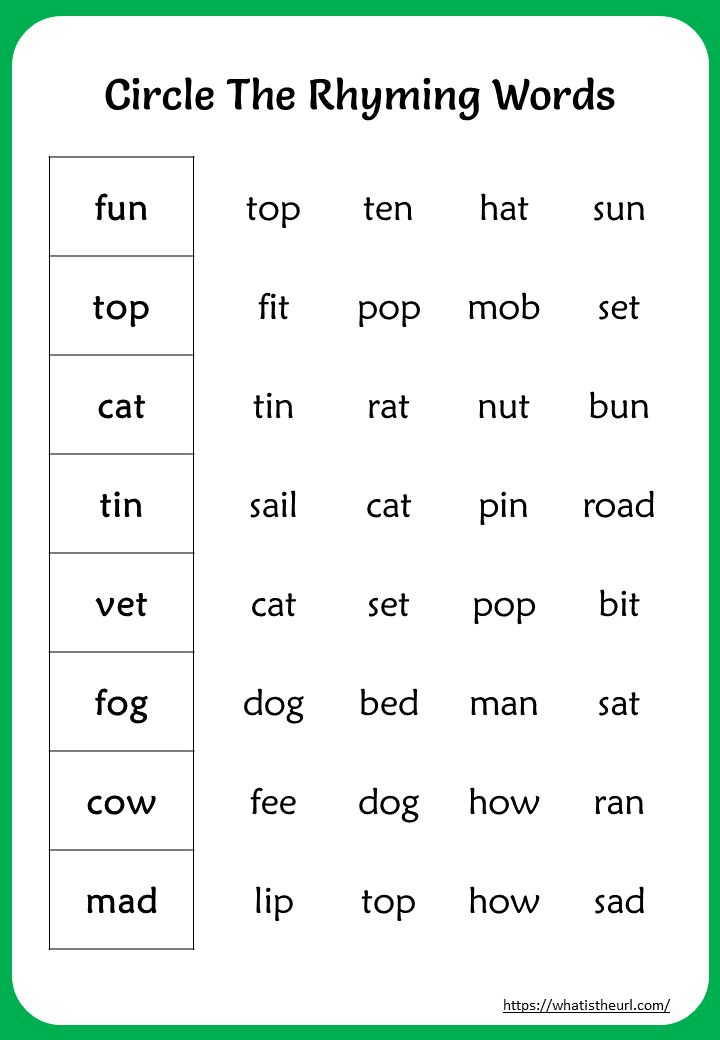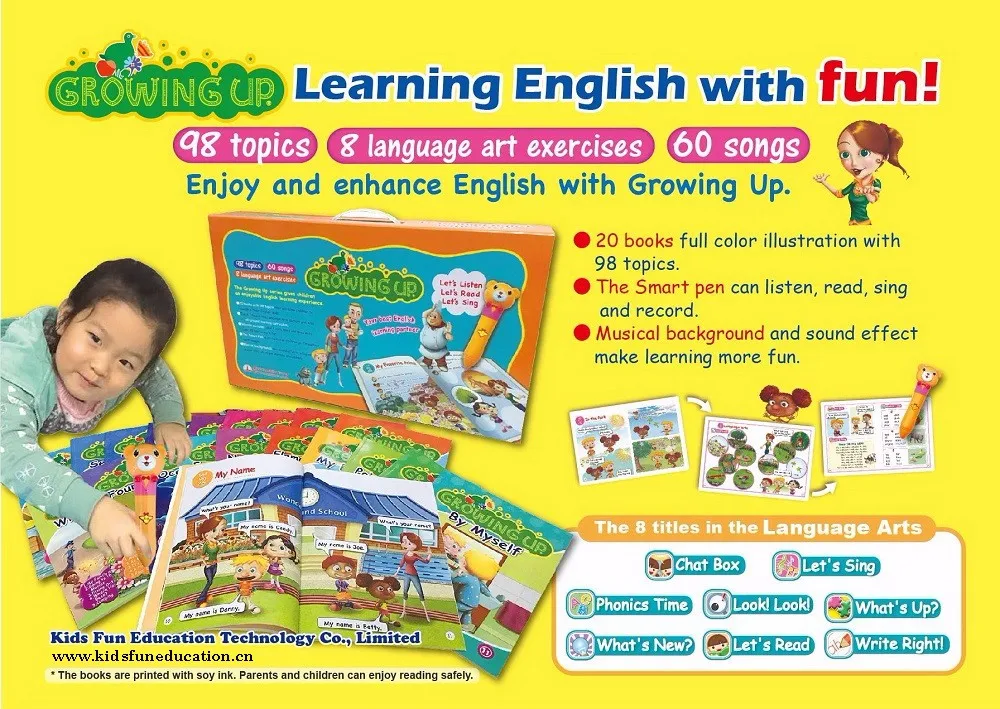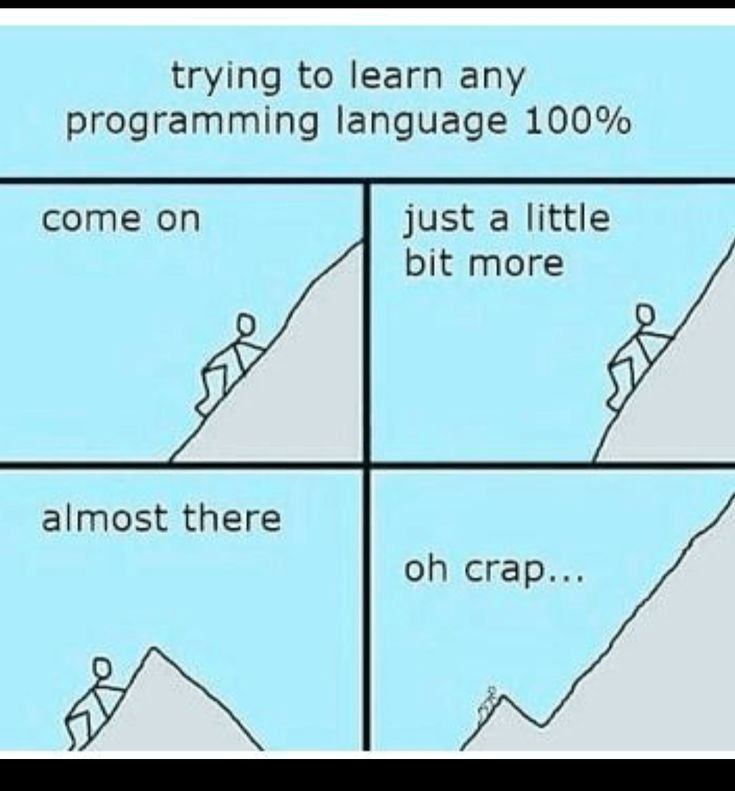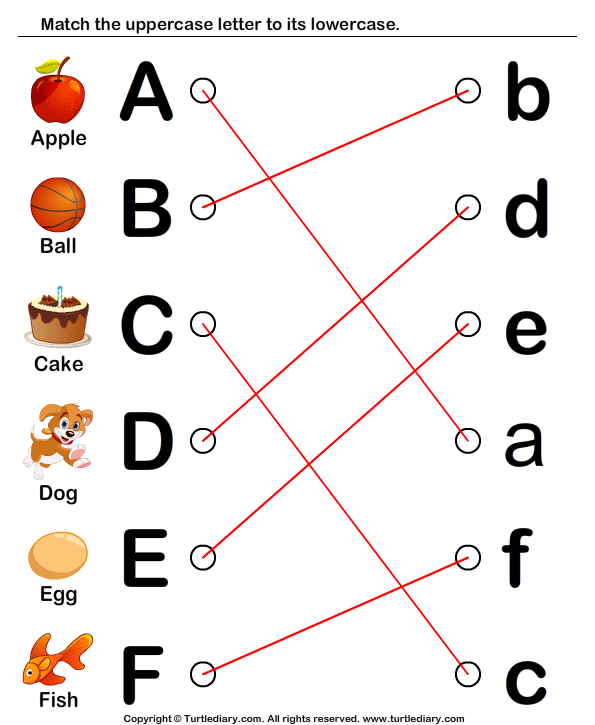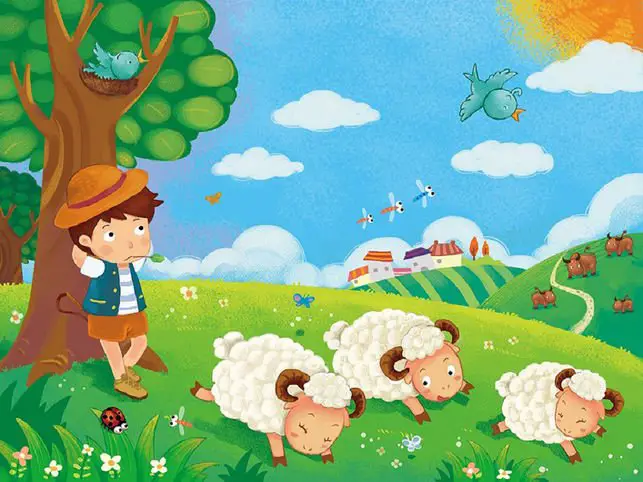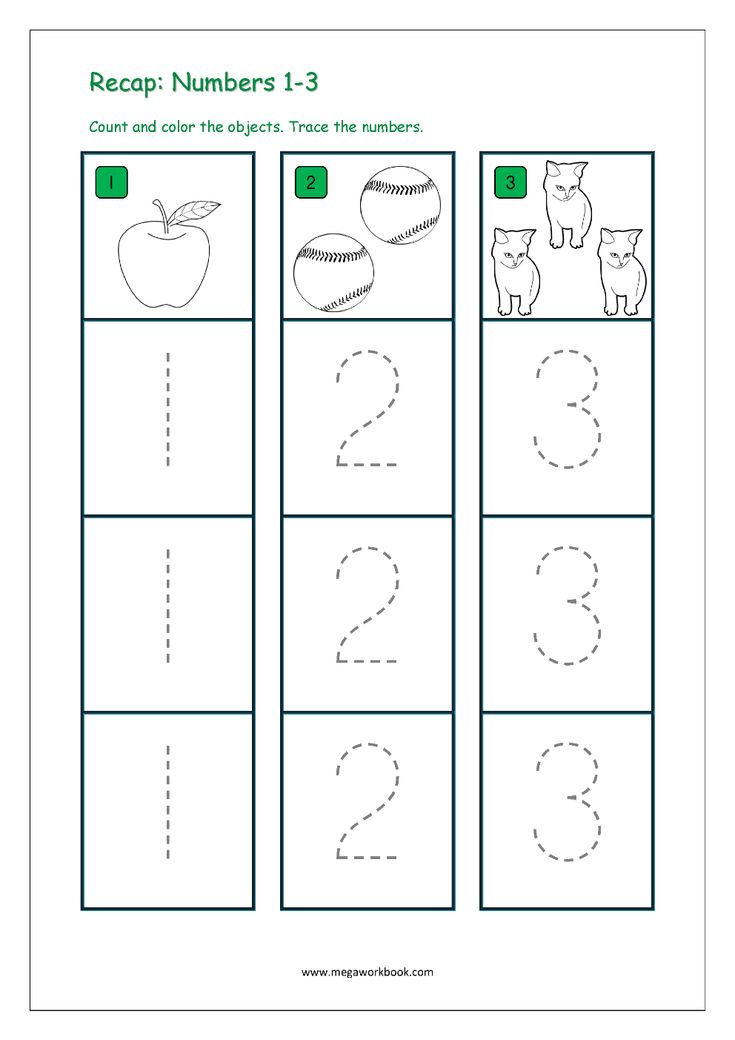Development reading skills
Reading Development and Skills by Age
Even as babies, kids build reading skills that set the foundation for learning to read. Here’s a list of reading milestones by age. Keep in mind that kids develop reading skills at their own pace, so they may not be on this exact timetable.
Explore related topics
Reading and writing
Babies (ages 0–12 months)
- Begin to reach for soft-covered books or board books
- Look at and touch the pictures in books
- Respond to a storybook by cooing or making sounds
- Help turn pages
Toddlers (ages 1–2 years)
- Look at pictures and name familiar items, like dog, cup, and baby
- Answer questions about what they see in books
- Recognize the covers of favorite books
- Recite the words to favorite books
- Start pretending to read by turning pages and making up stories
Preschoolers (ages 3–4 years)
- Know the correct way to hold and handle a book
- Understand that words are read from left to right and pages are read from top to bottom
- Start noticing words that rhyme
- Retell stories
- Recognize about half the letters of the alphabet
- Start matching letter sounds to letters (like knowing b makes a /b/ sound)
- May start to recognize their name in print and other often-seen words, like those on signs and logos
Kindergartners (age 5 years)
- Match each letter to the sound it represents
- Identify the beginning, middle, and ending sounds in spoken words like dog or sit
- Say new words by changing the beginning sound, like changing rat to sat
- Start matching words they hear to words they see on the page
- Sound out simple words
- Start to recognize some words by sight without having to sound them out
- Ask and answer who, what, where, when, why, and how questions about a story
- Retell a story in order, using words or pictures
- Predict what happens next in a story
- Start reading or asking to be read books for information and for fun
- Use story language during playtime or conversation (like “I can fly!” the dragon said.
“I can fly!”)
Younger grade-schoolers (ages 6–7 years)
- Learn spelling rules
- Keep increasing the number of words they recognize by sight
- Improve reading speed and fluency
- Use context clues to sound out and understand unfamiliar words
- Go back and re-read a word or sentence that doesn’t makes sense (self-monitoring)
- Connect what they’re reading to personal experiences, other books they’ve read, and world events
Older grade-schoolers (ages 8–10 years)
- In third grade, move from learning to read to reading to learn
- Accurately read words with more than one syllable
- Learn about prefixes, suffixes, and root words, like those in helpful, helpless, and unhelpful
- Read for different purposes (for enjoyment, to learn something new, to figure out directions, etc.)
- Explore different genres
- Describe the setting, characters, problem/solution, and plot of a story
- Identify and summarize the sequence of events in a story
- Identify the main theme and may start to identify minor themes
- Make inferences (“read between the lines”) by using clues from the text and prior knowledge
- Compare and contrast information from different texts
- Refer to evidence from the text when answering questions about it
- Understand similes, metaphors, and other descriptive devices
Middle-schoolers and high-schoolers
- Keep expanding vocabulary and reading more complex texts
- Analyze how characters develop, interact with each other, and advance the plot
- Determine themes and analyze how they develop over the course of the text
- Use evidence from the text to support analysis of the text
- Identify imagery and symbolism in the text
- Analyze, synthesize, and evaluate ideas from the text
- Understand satire, sarcasm, irony, and understatement
Keep in mind that some schools focus on different skills in different grades. So, look at how a child reacts to reading, too. For example, kids who have trouble reading might get anxious when they have to read.
So, look at how a child reacts to reading, too. For example, kids who have trouble reading might get anxious when they have to read.
If you’re concerned about reading skills, find out why some kids struggle with reading.
Related topics
Reading and writing
Reading Development and Skills by Age
Even as babies, kids build reading skills that set the foundation for learning to read. Here’s a list of reading milestones by age. Keep in mind that kids develop reading skills at their own pace, so they may not be on this exact timetable.
Explore related topics
Reading and writing
Babies (ages 0–12 months)
- Begin to reach for soft-covered books or board books
- Look at and touch the pictures in books
- Respond to a storybook by cooing or making sounds
- Help turn pages
Toddlers (ages 1–2 years)
- Look at pictures and name familiar items, like dog, cup, and baby
- Answer questions about what they see in books
- Recognize the covers of favorite books
- Recite the words to favorite books
- Start pretending to read by turning pages and making up stories
Preschoolers (ages 3–4 years)
- Know the correct way to hold and handle a book
- Understand that words are read from left to right and pages are read from top to bottom
- Start noticing words that rhyme
- Retell stories
- Recognize about half the letters of the alphabet
- Start matching letter sounds to letters (like knowing b makes a /b/ sound)
- May start to recognize their name in print and other often-seen words, like those on signs and logos
Kindergartners (age 5 years)
- Match each letter to the sound it represents
- Identify the beginning, middle, and ending sounds in spoken words like dog or sit
- Say new words by changing the beginning sound, like changing rat to sat
- Start matching words they hear to words they see on the page
- Sound out simple words
- Start to recognize some words by sight without having to sound them out
- Ask and answer who, what, where, when, why, and how questions about a story
- Retell a story in order, using words or pictures
- Predict what happens next in a story
- Start reading or asking to be read books for information and for fun
- Use story language during playtime or conversation (like “I can fly!” the dragon said.
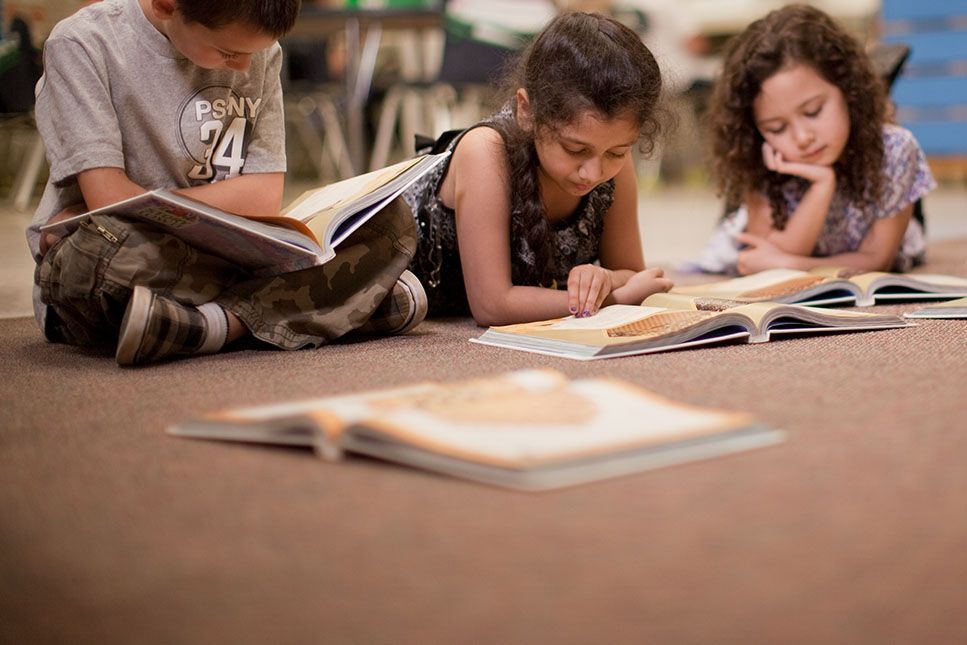 “I can fly!”)
“I can fly!”)
Younger grade-schoolers (ages 6–7 years)
- Learn spelling rules
- Keep increasing the number of words they recognize by sight
- Improve reading speed and fluency
- Use context clues to sound out and understand unfamiliar words
- Go back and re-read a word or sentence that doesn’t makes sense (self-monitoring)
- Connect what they’re reading to personal experiences, other books they’ve read, and world events
Older grade-schoolers (ages 8–10 years)
- In third grade, move from learning to read to reading to learn
- Accurately read words with more than one syllable
- Learn about prefixes, suffixes, and root words, like those in helpful, helpless, and unhelpful
- Read for different purposes (for enjoyment, to learn something new, to figure out directions, etc.)
- Explore different genres
- Describe the setting, characters, problem/solution, and plot of a story
- Identify and summarize the sequence of events in a story
- Identify the main theme and may start to identify minor themes
- Make inferences (“read between the lines”) by using clues from the text and prior knowledge
- Compare and contrast information from different texts
- Refer to evidence from the text when answering questions about it
- Understand similes, metaphors, and other descriptive devices
Middle-schoolers and high-schoolers
- Keep expanding vocabulary and reading more complex texts
- Analyze how characters develop, interact with each other, and advance the plot
- Determine themes and analyze how they develop over the course of the text
- Use evidence from the text to support analysis of the text
- Identify imagery and symbolism in the text
- Analyze, synthesize, and evaluate ideas from the text
- Understand satire, sarcasm, irony, and understatement
Keep in mind that some schools focus on different skills in different grades. So, look at how a child reacts to reading, too. For example, kids who have trouble reading might get anxious when they have to read.
So, look at how a child reacts to reading, too. For example, kids who have trouble reading might get anxious when they have to read.
If you’re concerned about reading skills, find out why some kids struggle with reading.
Related topics
Reading and writing
Formation of reading skills in children: stages and exercises
Primary school is a special stage in the life of any child, which is associated with the formation of the basics of his ability to learn, the ability to organize his activities. It is a full-fledged reading skill that provides the student with the opportunity to independently acquire new knowledge, and in the future creates the necessary basis for self-education in subsequent education in high school and after school.
Interest in reading arises when a child is fluent in conscious reading, while he has developed educational and cognitive motives for reading. Reading activity is not something spontaneous that arises on its own. To master it, it is important to know the ways of reading, the methods of semantic text processing, as well as other skills.
To master it, it is important to know the ways of reading, the methods of semantic text processing, as well as other skills.
Reading is a complex psychophysiological process in which visual, speech-auditory and speech-motor analyzers take part. A child who has not learned to read or does it poorly cannot comprehend the necessary knowledge and use it in practice. If the child can read, but at the same time he does not understand what he read, then this will also lead to great difficulties in further learning and, as a result, failure at school.
Reading begins with visual perception, discrimination and recognition of letters. This is the basis on the basis of which the letters are correlated with the corresponding sounds and the sound-producing image of the word is reproduced, i.e. his reading. In addition, through the correlation of the sound form of the word with its meaning, the understanding of what is read is carried out.
Stages of developing reading skills
T.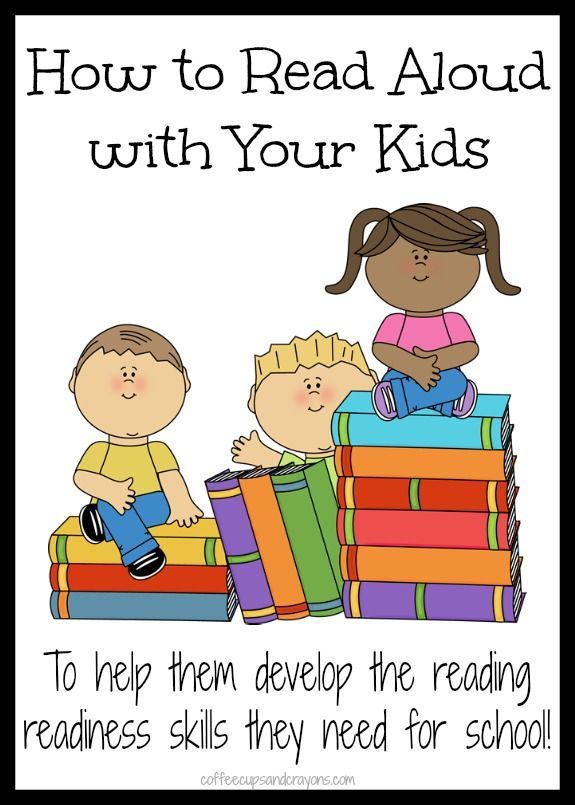 G. Egorov identifies several stages in the formation of reading skills:
G. Egorov identifies several stages in the formation of reading skills:
- Acquisition of sound-letter designations.
- Reading by syllable.
- The formation of synthetic reading techniques.
- Synthetic reading.
The mastery of sound-letter designations occurs throughout the entire pre-letter and literal periods. At this stage, children analyze the speech flow, sentence, divide it into syllables and sounds. The child correlates the selected sound from speech with a certain graphic image (letter).
Having mastered the letter, the child reads the syllables and words with it. When reading a syllable in the process of merging sounds, it is important to move from an isolated generalized sound to the sound that the sound acquires in the speech stream. In other words, the syllable must be pronounced as it sounds in oral speech.
At the stage of syllable-by-syllable reading, the recognition of letters and the merging of sounds into syllables occurs without any problems.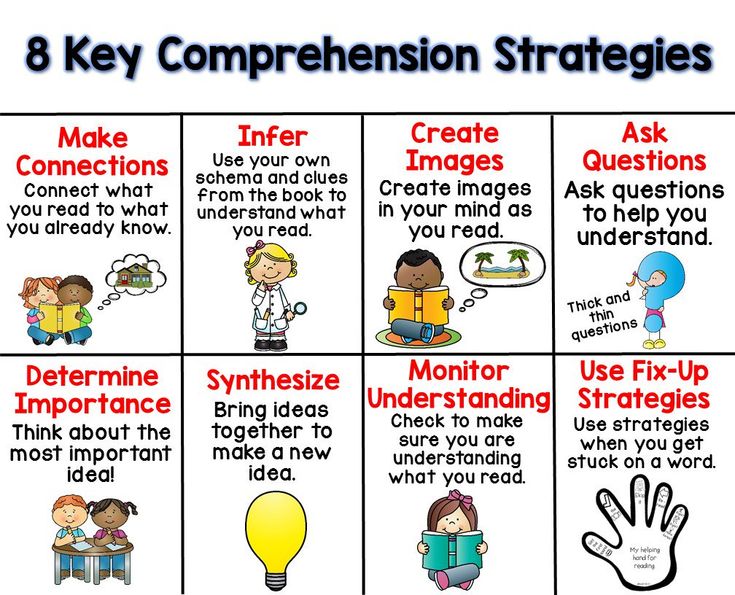 Accordingly, the unit of reading is the syllable. The difficulty of synthesizing at this stage may still remain, especially in the process of reading long and difficult words.
Accordingly, the unit of reading is the syllable. The difficulty of synthesizing at this stage may still remain, especially in the process of reading long and difficult words.
The stage of formation of synthetic reading techniques is characterized by the fact that simple and familiar words are read holistically, but complex and unfamiliar words are read syllable by syllable. At this stage, frequent replacements of words, endings, i.e. guessing reading takes place. Such errors lead to a discrepancy between the content of the text and the read.
The stage of synthetic reading is characterized by the fact that the technical side of reading is no longer difficult for the reader (he practically does not make mistakes). Reading comprehension comes first. There is not only a synthesis of words in a sentence, but also a synthesis of phrases in a general context. But it is important to understand that understanding the meaning of what is read is possible only when the child knows the meaning of each word in the text, i.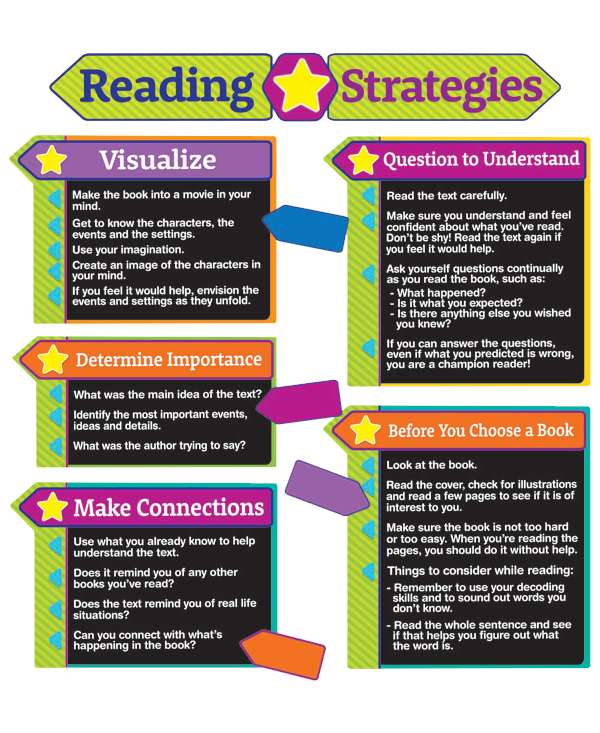 e. Reading comprehension directly depends on the development of the lexico-grammatical side of speech.
e. Reading comprehension directly depends on the development of the lexico-grammatical side of speech.
Features of the formation of reading skills
There are 4 main qualities of reading skill:
- Correct. By this is understood the process of reading, which occurs without errors that can distort the general meaning of the text.
- Fluency. This is reading speed, which is measured by the number of printed characters that are read in 1 minute.
- Consciousness. It implies understanding by the reader of what he reads, artistic means and images of the text.
- Expressiveness. It is the ability by means of oral speech to convey the main idea of the work and one's personal attitude to it.
Accordingly, the main task of teaching reading skills is to develop these skills in schoolchildren.
All education in the primary grades is based on reading lessons. If the student has mastered the skill of reading, speaking and writing, then other subjects will be given to him much easier. Difficulties during training arise, as a rule, due to the fact that the student could not independently obtain information from books and textbooks.
Difficulties during training arise, as a rule, due to the fact that the student could not independently obtain information from books and textbooks.
Methods and exercises for developing reading skills
In educational practice, there are 2 fundamentally opposite methods of teaching reading - linguistic (the method of whole words) and phonological.
Linguistic method teaches the words that are most commonly used, as well as those that are read the same as they are written. This method is aimed at teaching children to recognize words as whole units, without breaking them into components. The child is simply shown and said the word. After about 100 words have been learned, the child is given a text in which these words are often found. In our country, this technique is known as the Glenn Doman method.
The phonetic approach is based on the alphabetical principle. Its basis is phonetics, i.e. learning to pronounce letters and sounds. As knowledge is accumulated, the child gradually moves to syllables, and then to whole words.
As knowledge is accumulated, the child gradually moves to syllables, and then to whole words.
Reading begins with visual perception, discrimination and recognition of letters. This is the basis on the basis of which the letters are correlated with the corresponding sounds and the sound-producing image of the word is reproduced, i.e. his reading. In addition, through the correlation of the sound form of the word with its meaning, the understanding of what is read is carried out.
In addition, there are several other methods:
- Zaitsev method . It involves teaching children warehouses as units of language structure. A warehouse is a pair of a consonant and a vowel (either a consonant and a hard or soft sign, or one letter). Warehouses are written on different faces of the cube, which differ in size, color, etc.
- Moore method. Learning begins with sounds and letters. The whole process is carried out in a specially equipped room, where there is a typewriter that makes sounds and names of punctuation marks and numbers when a certain key is pressed.
 Next, the child is shown a combination of letters that he must type on a typewriter.
Next, the child is shown a combination of letters that he must type on a typewriter. - Montessori method. It involves teaching children the letters of the alphabet, as well as the ability to recognize, write and pronounce them. After they learn how to combine sounds into words, they are encouraged to combine words into sentences. The didactic material consists of letters that are cut out of rough paper and pasted onto cardboard plates. The child repeats the sound after the adult, after which he traces the outline of the letter with his finger.
- Soboleva O.L. This method is based on the “bihemispheric” work of the brain. By learning letters, children learn them through recognizable images or characters, which makes it especially easy for children with speech disorders to learn and remember letters.
There is no universal methodology for developing reading skills. But in modern teaching methods, a general approach is recognized when learning begins with an understanding of sounds and letters, i.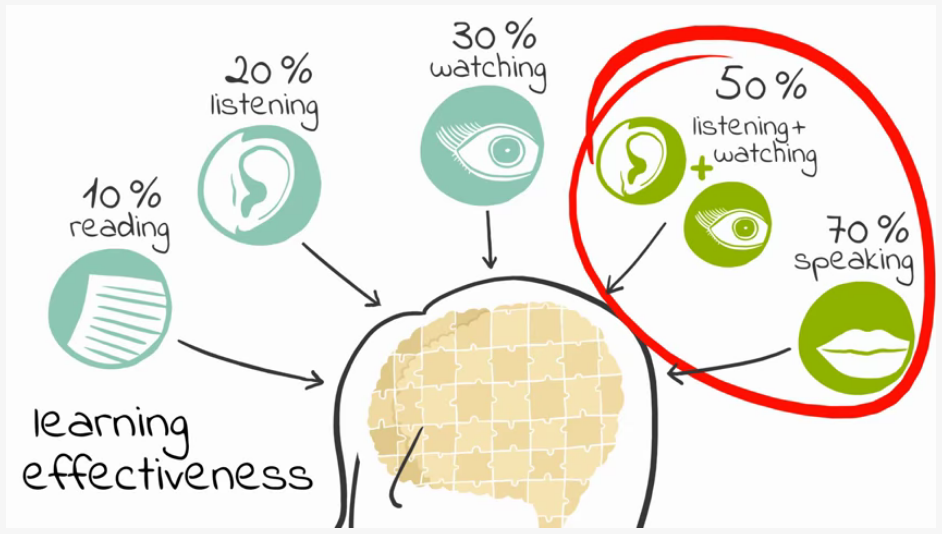 e. from phonetics.
e. from phonetics.
There are certain exercises that help build reading skills. Here are a few of them:
- Reading lines backwards letter by letter. The exercise contributes to the development of letter-by-letter analysis. The meaning is simple - the words are read in reverse order, i.e. from right to left.
- Reading through the word. You do not need to read all the words in a sentence, but jumping over one.
- Reading dotted words. Words are written on the cards, but some letters are missing (dotted lines are drawn instead).
- Read only the second half of the word. Read only the second part of the word, the first part is omitted. The exercise contributes to the understanding that the second part of the word is no less important than the first, thereby preventing the omission (or reading with distortion) of the endings of words in the future.
- Reading lines with the upper half covered.
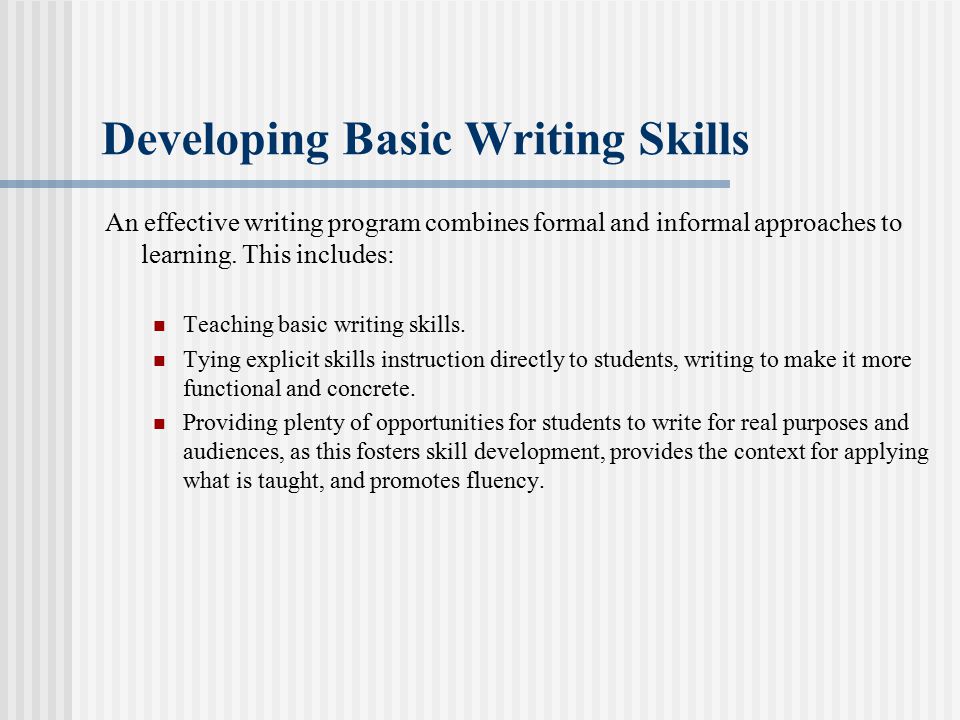 A sheet of paper is superimposed over the text so that the top of the stitching is covered.
A sheet of paper is superimposed over the text so that the top of the stitching is covered. - Fast and multiple repetition. The child should repeat a line of a poem or a sentence aloud as quickly as possible and several times in a row. Correct pronunciation is extremely important, so if necessary, you need to stop and correct the child.
- Find the words in the text. The child is faced with the task of finding words in the text as quickly as possible. First, they are shown in pictures, then voiced by the teacher.
- Buzzing reading. The text is read by all students aloud, but in an undertone.
A. Herzen wrote: “Without reading, there is no real education, no, and there can be neither taste, nor style, nor the many-sided breadth of understanding.”
Indeed, mastering a full-fledged reading skill is the most important condition for success in basic subjects at school. At the same time, this is one of the main ways of obtaining information, which is vital for the speech, mental and aesthetic development of children.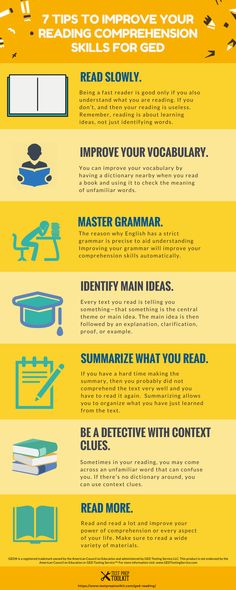
____________________________________________
We are waiting for you in our speech center! We are always glad to you and your kids.
Call us: 8 (962) 758-53-62, 8 (909) 391-08-08
Development of literate reading skills in schoolchildren
References:
Budnikova, I. N. Development of literate reading skills in schoolchildren / I. N. Budnikova, N. B. Tsivenko. - Text: direct // Actual tasks of pedagogy: materials of the III Intern. scientific conf. (Chita, February 2013). - T. 0. - Chita: Publishing house Young scientist, 2013. - S. 86-89. — URL: https://moluch.ru/conf/ped/archive/67/3334/ (date of access: 02/08/2023).
Reading — is a powerful means of education, upbringing and development: mental, linguistic, moral, cultural, aesthetic, informational.
Mastering reading — the process for the child is long and difficult, taking away from him a lot of time and effort.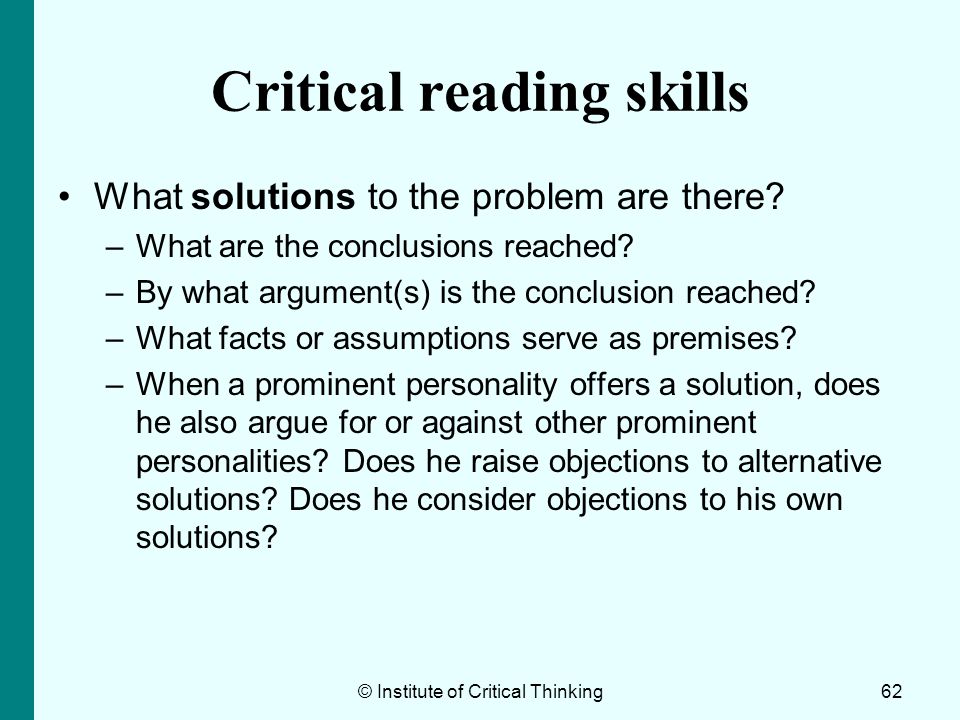 Until he learned to read fast and meaningfully, think and empathize while reading, this the process will give him little joy and pleasure. An unformed reading skill interferes with successful learning in all subjects, since reading is a general educational skill. Even with various approaches to the teacher and parent sometimes it is very it is difficult to teach a child to read comprehension, to develop a permanent interest in reading and the need for independent reading. And an unsolved problem is a direct path back to school underachievement and failure generally.
Until he learned to read fast and meaningfully, think and empathize while reading, this the process will give him little joy and pleasure. An unformed reading skill interferes with successful learning in all subjects, since reading is a general educational skill. Even with various approaches to the teacher and parent sometimes it is very it is difficult to teach a child to read comprehension, to develop a permanent interest in reading and the need for independent reading. And an unsolved problem is a direct path back to school underachievement and failure generally.
One of the most important tasks elementary school - the formation of each student complete and thorough reading skills, which is the foundation of all subsequent education, and the main Thus, the possibility of mastering the subjects of the humanitarian cycle.
Middle and senior classes, the subject "Literary reading" is already called "Literature", which traditionally allotted only 2 hours a week, there are no hours for proofreading texts, technology reading is checked only up to grade 7.
Today and in society there is a noticeable trend towards not reading : adults do not read, children do not read either.
Research International PISA program (Programme for International Student Assessment) by assessment of educational achievements of 15-year-old students in 2009 priority area was “literacy reading." The study involved 65 countries of the world, including Russia. According to readership Russian literacy students occupied 41-43 places.
GEF IEO for "Literary reading" suggests the following substantive results: achievement of the necessary continuing education of the level of reading competence, general speech development, i.e. mastering the technique of reading aloud and about themselves, elementary methods of interpretation, analysis and transformation fiction, popular science and educational texts using elementary literary concepts. In planned results GEF NOU the graduate will learn to read (out loud and to himself) at a speed allowing to realize (understand) the meaning of what is read; read consciously and expressively accessible in terms of volume of the work.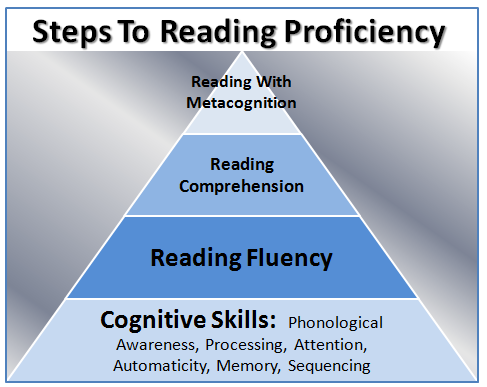 [11, c. 6–8].
[11, c. 6–8].
The purpose of studying literature at school is to introduce students to the art of the word, richness of Russian classical and foreign literature. But it is impossible to introduce schoolchildren to the art of the word without learning competent comprehension reading. [10, p. 7]. That's why exactly today state became pay great attention to the popularization of reading: electronic libraries, e-books, use of Internet resources on lessons.
Reading skill consists of two sides - semantic and technical . Smyslovaya side provides understanding, assimilation, memorization read. Technical side include way reading, correctness, expressiveness, speed or pace of reading. Each of these components is subject to the semantic side - understanding. Each of the components that form the reading technique has their own characteristics that affect the entire reading process.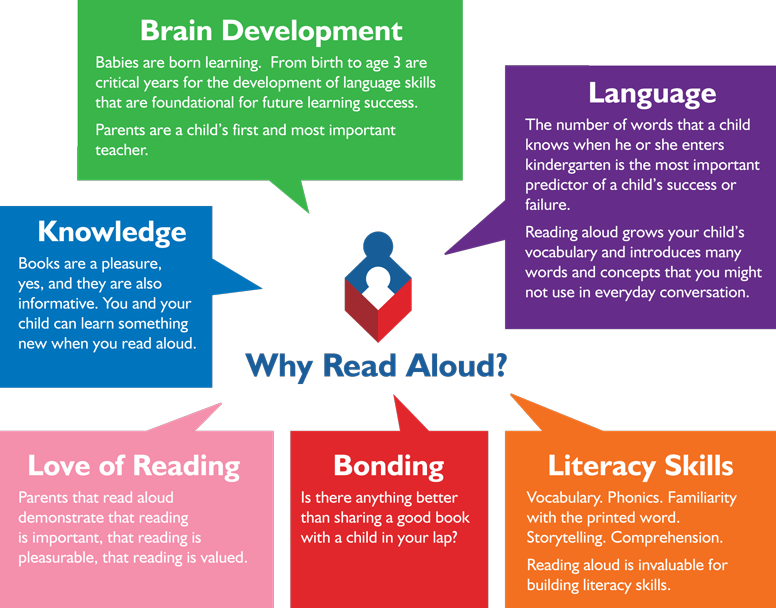
Reading process for schoolchild is a complex, very difficult process, elements which are not only very weakly connected with each other, but also carry in itself independent, own difficulties. Key to success in learning is the development of the child important cognitive processes such as perception, memory, thinking and speech.
For successful development conscious reading skills the teacher needs to provide in the classroom specific mode works:
-
reading exercises should be everyday;
-
selection of texts for reading should not be random, but should be made taking into account psychological characteristics of children and literary features texts;
-
should be conducted systematic work to prevent erroneous reading;
-
should be used in the work is an expedient system for correcting admitted reading errors;
-
should be specially training in silent reading was organized, involving several steps: reading in a whisper, silent articulation of what is being read, “quiet reading” (in terms of inner speech), actually reading to yourself.
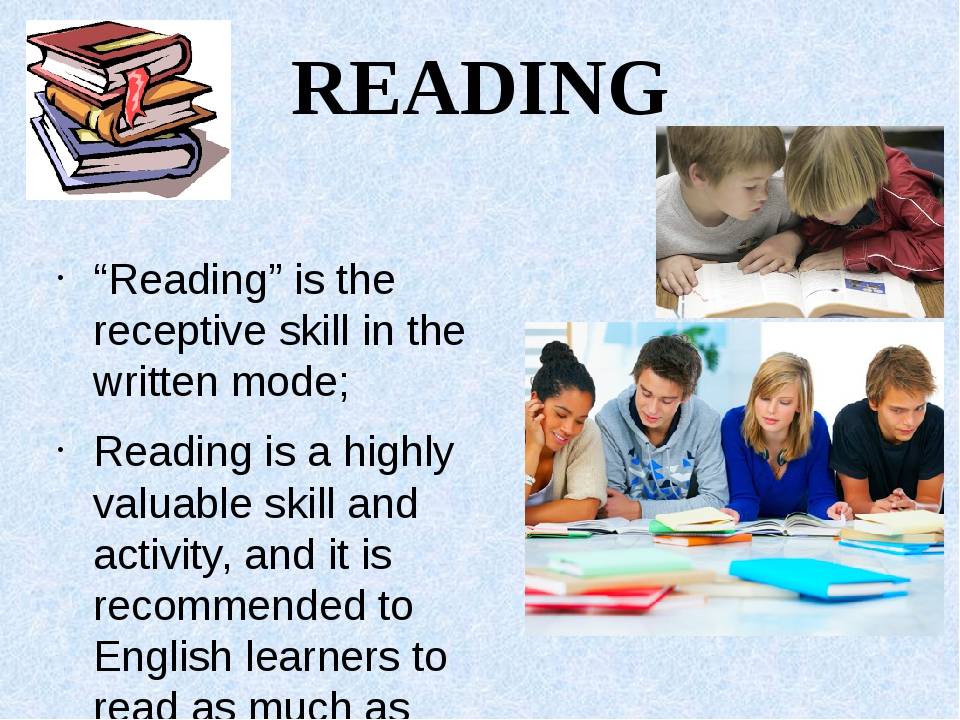
As special type of activity , reading presents extremely great opportunities for mental, aesthetic and speech development of students. Required systematic and purposeful work on the development and improving reading skills . The formation of high-quality reading skills in schoolchildren is one of the main tasks of primary and secondary education.
At the present stage development of society, each teacher tries to update the content learning and incorporates elements of modern technologies . It takes time. Understanding the importance of learning to read in education, upbringing and development of children, looking for ways improving the quality of teaching in the classroom. For this, was developed and a training complex “Learn to read quickly” was compiled to develop and practice reading skills in literary lessons reading, literature and the Russian language.
The complex is sheet — simulator, compiled for one from letters of the alphabet or a group of letters grouped, for example, by deafness - voiced or a group of vowels. Each exercise sheet consists of exercises, aimed at systematic training child's speech apparatus , on development ability to quickly and correctly read words of various syllabic structures, to early detection defects speech, as well as on working out reading skills in whole words. Systematic exercise lead to automate the perception of "operational reading units" , i.e. the maximum number of characters that the child recognizes at once when reading. At the same time, increases read speed and provided quick understanding of the meaning of the words being read.
Each exercise sheet consists of exercises, aimed at systematic training child's speech apparatus , on development ability to quickly and correctly read words of various syllabic structures, to early detection defects speech, as well as on working out reading skills in whole words. Systematic exercise lead to automate the perception of "operational reading units" , i.e. the maximum number of characters that the child recognizes at once when reading. At the same time, increases read speed and provided quick understanding of the meaning of the words being read.
Exercise material - these are the most common paired words in Russian letter combinations. It is divided into groups in such a way that strictly and consistently observe the basic principle of learning from simple to the complex. The volume of material from lesson to lesson is recommended increase.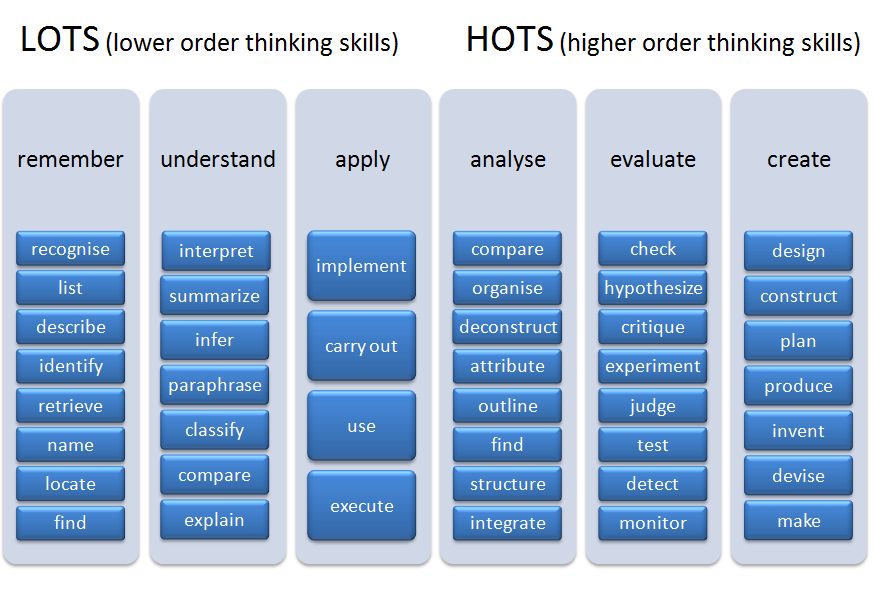 Letter combinations increase according to the increase the size of the letter combinations themselves (2, 3, 4, 5, etc.). Various layout options on the simulator sheet contribute to training of the eye muscles and the development of voluntary attention. Also each sheet has gaming and entertaining exercises, the purpose of which is to make learning to read more attractive, joyful and interesting.
Letter combinations increase according to the increase the size of the letter combinations themselves (2, 3, 4, 5, etc.). Various layout options on the simulator sheet contribute to training of the eye muscles and the development of voluntary attention. Also each sheet has gaming and entertaining exercises, the purpose of which is to make learning to read more attractive, joyful and interesting.
Exercises can be read directly during the lesson buzzing reading, in chorus, with a given tempo, (the tempo is tapped in pencil), to himself. A can give the simulator at home.
-
The first group of exercises: fused reading of two adjacent letters.
| sa so su sy se sho syu si se za zozu zy ze zya zo zu zi ze | ac os us ys es jas es yus ses es az oz uz zyz ez yaz ez yuz from ez |
Reading these exercises it is useful to start teaching the concept of stress, stressed syllable.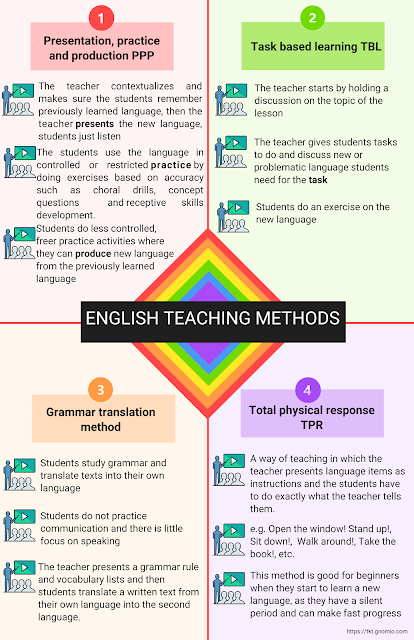 For example, invite children to read the letter combination ha-ha-ha. At first with the stress on the first syllable, then on the second and on the third. Or these verses:
For example, invite children to read the letter combination ha-ha-ha. At first with the stress on the first syllable, then on the second and on the third. Or these verses:
sa′ — sa, sa′ — sa, sa′ — sa, sa′- ni, sami, sa'-lo
sa - sa′, sa - sa ', sa - sa ' ko - sa ', li - sa', o - sa',
sa-sa′-sa, sa-sa′-sa, sa-sa′-sa ka-sa′t-ka, po-sa′d-ka, na-sa′d-ka
sa-sa-sa′, sa-sa-sa′, sa-sa-sa′ kol-ba-sa′, po-lo-sa′, not-be-sa′
These tasks form the ability to pronounce a word with an accent on any given syllable, as well as the skill of determining by ear, which syllable is stressed.
-
The second group of exercises: reading three-letter combinations and words.
garden itself juice sleep som sor souk soup court cheese full owl son sir sir sat
hall - angry - call - goiter - tooth
It's material speech therapy manual, so the words of this group are subject to required reading. In the process of reading blocks, not only reading skills are developed and consolidated, but also provided training of the corresponding parts of the speech apparatus.
In the process of reading blocks, not only reading skills are developed and consolidated, but also provided training of the corresponding parts of the speech apparatus.
-
The third group of exercises: reading letter combinations with a confluence of several consonants at the end word or at the beginning of a word. For example:
syllable - elephant - groan - camp - old - became - froze - table - chair - knock - drain - joint
For successful reading words of this group, it is important to explain to children that all consonants at first words must be read in one step, focusing on vowel phoneme, since the syllable-forming vowel affects the nature of the pronunciation of all consonant phonemes in a syllable, standing before her. For visual perception, you can highlight the vowel with color.
-
Fourth group exercises: reading words with the replacement of a consonant in a word. So:
forehead - goiter shaft - hall oak - tooth lips - teeth set - wet fence - lock
-
Fifth group of exercises: reading the most difficult words, with pronunciation, highlighting first syllable.
 For example:
For example:
ska — fairy tale sko - bracket ski - skibka sku - mackerel
hundred - glass one hundred - gatehouse sti - washing stu - foot ligament
sva - weld svo - pack svy - twist sve - shine ste — banner
call - call zvo - call zve - star zdo - sound health - sound
zra zrazy zre — see the sight - the viewer is in vain - the sighted know - badge
One type of exercise at complex are work with tongue twisters that help children develop phonemic awareness and understand how important it is to pronounce correctly every sound in a word. The working method is as follows: first slowly and read aloud, then quieter and faster, almost in a whisper.
Using phrases, tongue twisters, counting rhymes, funny poems, the teacher reinforces the correct pronunciation of sounds by children, works out diction, promotes and the development of the vocal apparatus, the rate of speech.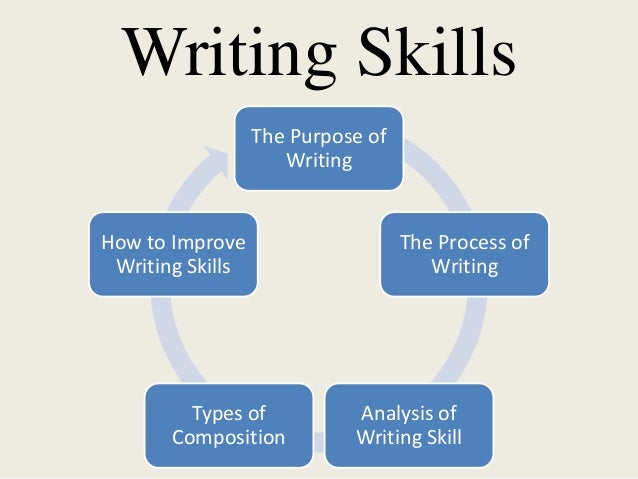
An example would be the following statements : Senya was carrying a hay cart. The snake snaked, the snake laughed, laughed, snaked, laughing, laughing.
At the beginning of each lesson it is advisable to offer students a training warm-up: you should first read exercises 1-3 groups, then work on the tongue twister, which will help the development of mobility speech apparatus. This warm-up will enable students switch from recess to class.
Methods of work:
a) students read yourself” during the time specified by the teacher;
b) students read the assignment number of words in the chain, for example, each
2 words each;
c) children are paired and read the words to each other in turn - 1-2 words one student, 1-2 words another, etc.
d) children read in chorus;
e) students read to themselves, ticking unfamiliar words, after the warm-up time vocabulary work is being done.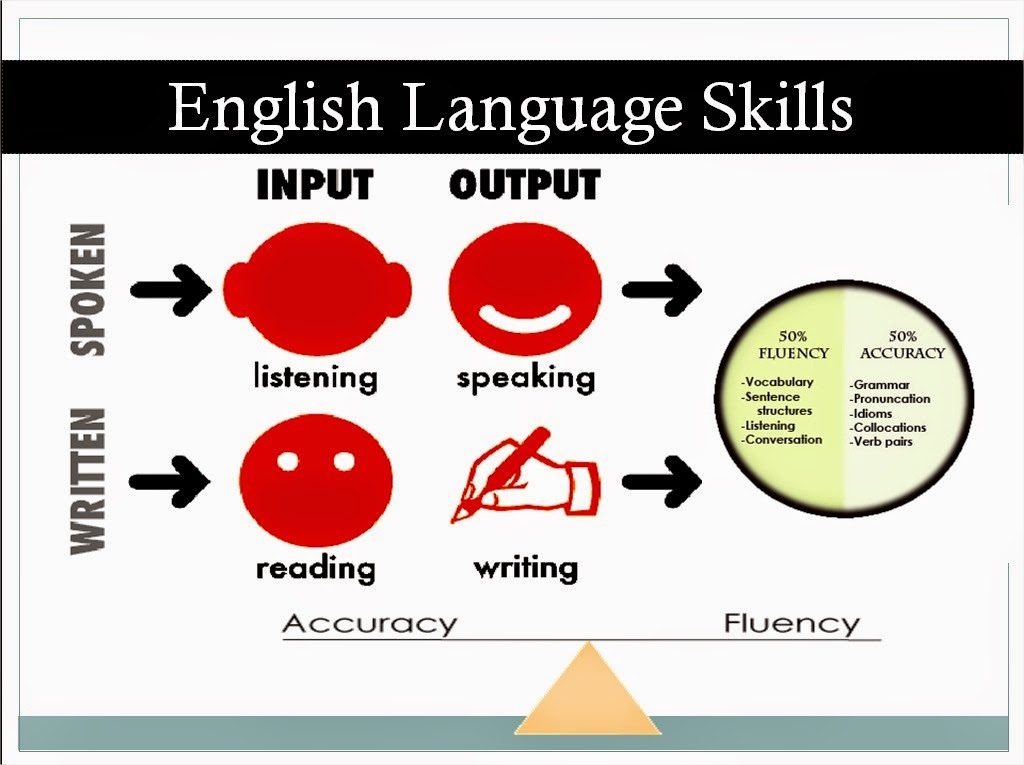
It is important to teach children not to be afraid of unfamiliar words, do not give in to them, but read regardless of whether the word is familiar to the child or not, understandable or No.
Trainer can serve as a source of for selection of vocabulary material in Russian language lessons. For example, can plan work on teaching sound-letter analysis, in the study of deaf and voiced consonants at the end and in the middle of a word, unstressed vowels at the root, dictionary words. When work with the simulator on letters H, W, W-W, C one of the exercises is aimed at repetition and fixing spellings with these letters and combinations:
Read the words and memorize their spelling: c s p c s gan ts s films ts s kidneys c s whip birds s — tits s — wrestler s — twin s — kuts th
station and — aviation iya — acac ia — collection
The grant will help teacher in corrective work with children with disabilities letters in the omission of letters in the confluence of consonants, violations syllabic structure of words, etc.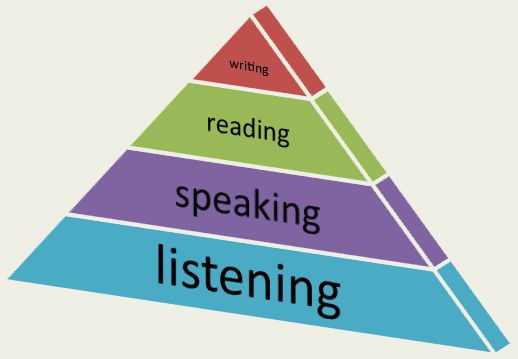 (bu ... (ket), com - feed).
(bu ... (ket), com - feed).
Variety of tricks, exercises, game moments, regularity in work help students develop speech, correct pronunciation, awareness, speed and expressiveness of reading.
When used exercises "Learn to read quickly" and the types of work proposed for them, the process of improvement reading technique is easier and faster, improved attention span, working memory. Exercise for the development of reading technique are necessary for all students : Some of these exercises help correct deficiencies, others - do not lose previously acquired skills.
References:
-
Bezrukikh M. M. Formation reading and writing skills in the process of teaching children. Russian State Library. http:// metodisty . people. en/ vsd04. htm
-
Belova N. B. Awaken children have an interest in reading.// Primary school. — 1990, No. 4 pp. 13–15
-
Unfortunate E.
 I. How I'm working on my students' reading technique.// Primary school. - 2000, No. 9p.76–80
I. How I'm working on my students' reading technique.// Primary school. - 2000, No. 9p.76–80 -
Goretsky V. G. On verification reading skills.// Primary school. - 2001, No. 8 pp. 48–58
-
Dzhezhzhelei O. V. Formation reading circle for younger students.// Primary school. — 1989, No. 1 pp. 32–38
-
Zaitsev V. N. Reserves teaching reading.// Primary school. - 1990, No. 8 pp.52–62
-
Kalinina I. L. Formation initial reading skills: problems and perspectives.// Elementary School. — 2009, No. 2 p.10–13
-
Klimanova L. F. Training reading in elementary grades.// Primary school. — 1999, No. 9 p.30–38
-
Korobeynikova V. N. About some methods of teaching reading.// Primary school. — 2007, No. 11 p.31–33
-
GEF second generation. Sample programs for academic subjects. Literature 5–9 classes. // Publishing house "Enlightenment", 2011.
-
FGOS NOO.
